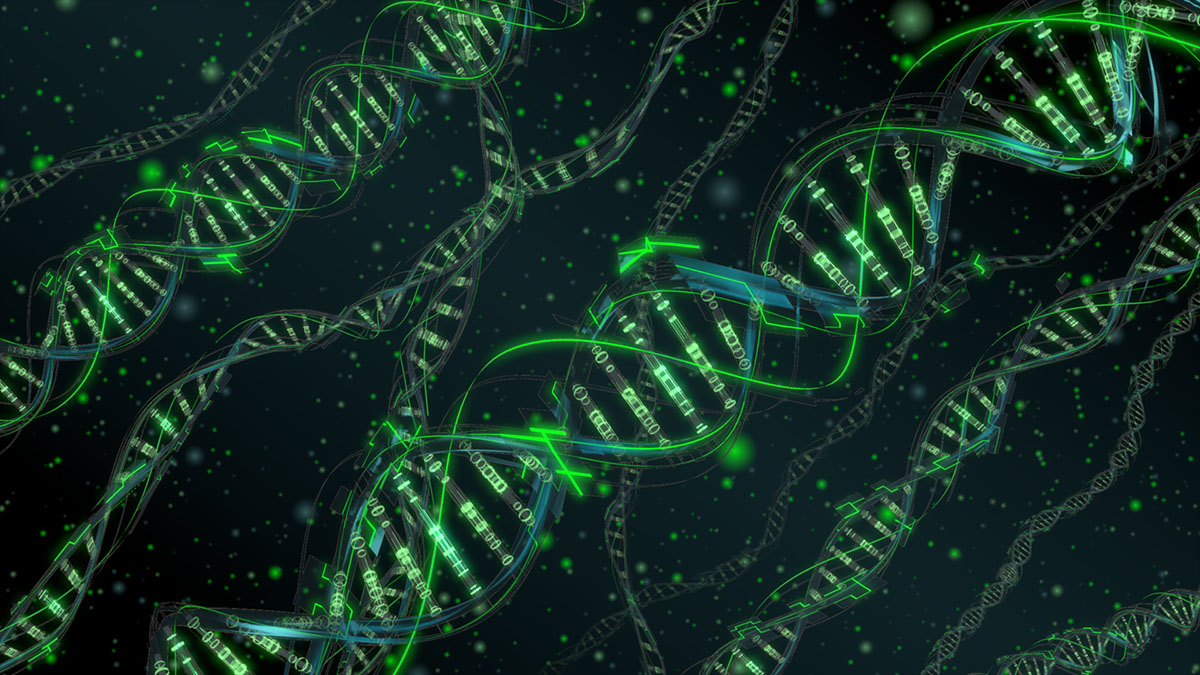how to fail at biology and computer science

Seems that the Discovery Institute’s professional complainer Casey Luskin is taking his total lack of scientific education to new heights in a much belated rebuttal to Kitzmiller v. Dover case in which intelligent design was legally described as what it actually is: creationism dressed up with random pseudoscientific language. Now for those of you who know Casey are well aware that he simply doesn’t do anything briefly and to the point so he planned an eight part refutation resting around the concept that since the NCSE’s legal paperwork lacked the word “information” when describing the functions of genomes, this proves that genetic mutations couldn’t create new information and the case was decided incorrectly. I believe the proper scientific term for this line of argument would be “grasping at straws” but this is more like barely holding on to one the fibers making up the straw in question while dangling off a sheer cliff and yet, claiming to have the higher ground in this situation.
The notions of DNA being unable to produce new information are of course completely bogus since genomes are in constant flux. From single strand annealing, to exposure to radiation, to replication during cell division, the information content of the DNA strand changes on a regular basis. If we randomly take a tiny snippet from a gene which reads ACTTGTAC and somewhere along the line it changes to ATCGGACC, the information it’s carrying is new. Of course that’s when creationists move the goalposts and declare that what they meant with their use of the term were additions to the genetic code.
And wouldn’t you know it, that can happen too and it’s detailed in the NCSE brief with which Casey finds so many problems. Only biologists don’t just use the terms involved in the process as the same vague, nebulous way as Dembski or Behe and described how we could see new genes emerge. Obviously new genes must mean that there’s new information and with the addition or fusion of new chromosomes in organisms in certain types of mutations, there’s more information as well, right? Not in the fantasy world beyond the front door of the Discovery Institute.
For the task of explaining how new genes work, Casey outsources the heavy lifting to our self-proclaimed big shot of information theory, Dembski, the daydreaming pseudoscientist who’s last attempt at writing a paper on evolutionary algorithms shows that the man has no idea what he’s talking about. In the world presented by his work, we have to contend with something called complex specified information which, like pretty much all technobabble, sounds really scientific and important but is really just an appeal to a kind of numerology.
If you asked me to write a program to calculate this “information,” I wouldn’t know where to start because there’s no set of rigid requirements of what constitutes this complex specificity. On the other hand, back in the day, a basic biology book let me write a simple program that could read though an entered snippet of DNA and pick out which codons would encode for what amino acid and display their chemical formulas. If I wanted to, I can write something like that again and use it to track what proteins would be produced and see how a change in one or two nucleobases would affect the rest of the gene and what information was being created. How does one show the “specified complexity” and the “creation of information” of Dembski’s platitudes?
One example those on the search for complex patterns in nature can offer is the the Fibonacci sequence that appears in natural shapes and forms all the time. Supposedly, if the shapes of living things can be defined by a recursive algorithm and its manifestation can be seen in fractals across the natural world, that must be very good evidence of planning in our universe, right? Actually, no. We know that both living and non-living forms in the natural world can and do build on themselves. The fact that we can look at their expansion and describe it in a recursive algorithm is our mind’s way of organizing the world around us.
Saying that our ability to find what naturally evolved and selected patterns there are and describe them mathematically is proof that there’s some underlying intelligence in the universe is just plain old numerology, much like we saw with the supposed God equation which showed us how backwards this kind of approach really is. Just because you can find a basic pattern and come up with an equation to describe it, doesn’t mean you’ve pinned down its origins. To actually have done so through complex computation should enabled the the Discovery Institute to create synthetic life on demand or find the recipe for immortality. And to my knowledge, they can’t do either as of yet.





